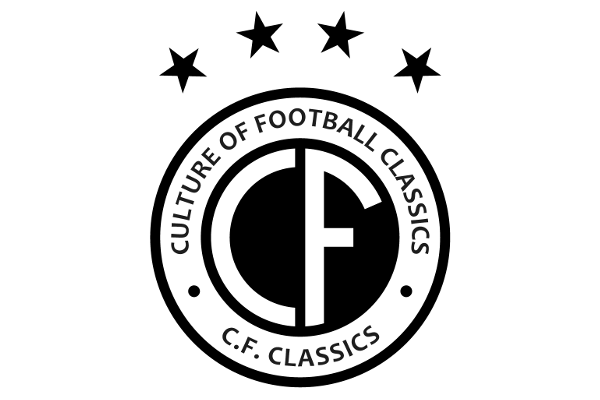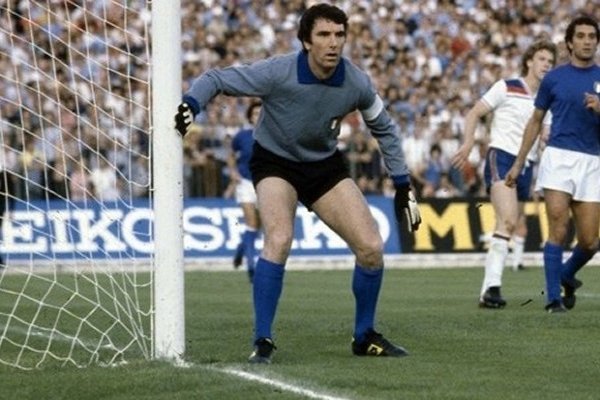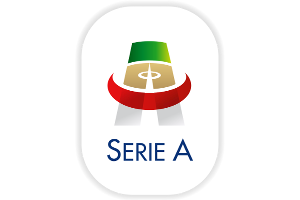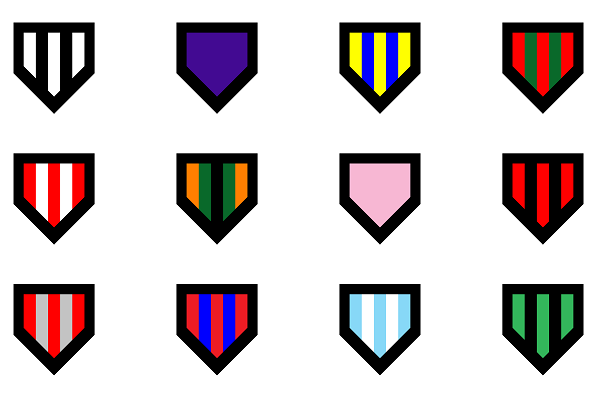Classic Italian Football Phrases
We've always loved Serie A, so to share the love we've got some classic Italian football phrases for you...
No.1 Scudetto.
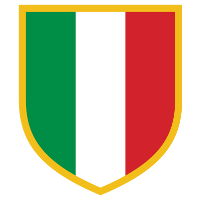
The Scudetto is the shield that the Serie A winners get to wear on their shirts for the following season - the phrase means "little shield".
Genoa wore the first one back in 1924, whilst it's become almost a standard feature on Juventus shirts in the last decade.
No.2 Regista.
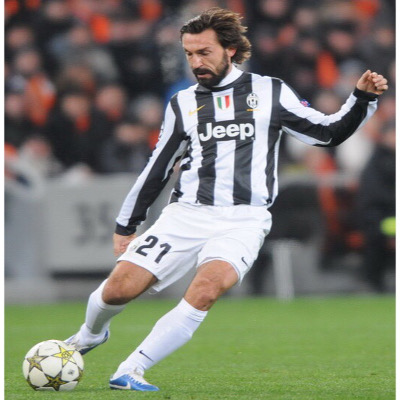
A Regista is a deep-lying midfield playmaker.
Think Giannini. Think Pirlo.
Players who sets the tempo for the team, orchestrates moves, directs the play etc.
The word literally translates as movie director.
No.3 Cucchiaio.
Whilst the majority of the world commonly refers to it as a Panenka, the Italians have another term for it - Cucchiaio, literally meaning spoon.
Here's Pirlo showing how to do a Cucchiaio under pressure...
No.4 Curva.
Simple - Curva is a curved stand behind a goal, often home to Ultras, flares, massive flags and fantastic choreographed displays of support.
Whilst the vast majority of British football stadiums were traditionally rectangular in shape, with the stands built about as close as possible to the touchline, many continental stadiums would often have running tracks to make them multi-purpose, forcing the end stands to be curved.
You'll often get a name for each curva such as Curva Nord, or Curva Sud, meaning North Curve or South Curve.
Here's the Curva Nord at Inter...
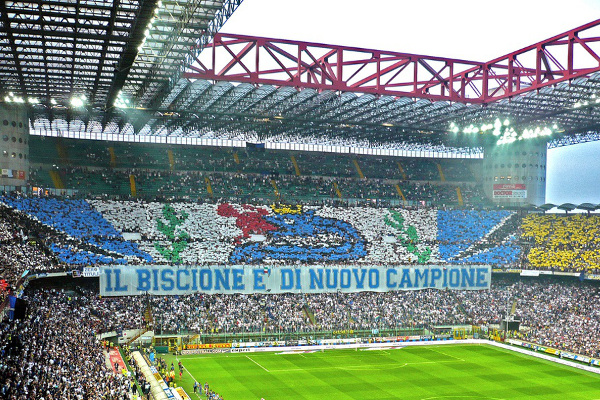
No.5 Colpo di Tacco.
A colpo di tacco is a backheel.
Here's Parma in the 1990's showing how they're done by the likes of Asprilla and Crespo...
No.6 Coccarda.
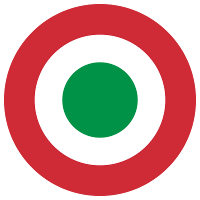
Coccarda means rosette or badge. In football terms, the Coppa Italia Winners get to wear this lovely symbol on their shirts for a season.
So if your team's good enough to do the Serie A and Coppa Italia double then they can wear both the Coccarda and Scudetto badges together the following season.
No.7 Il Tunnel.
The Nutmeg. Here's a decent tunnel from Del Piero...
No.8 Tifosi.
Tifosi = fans. Here's some from Napoli...
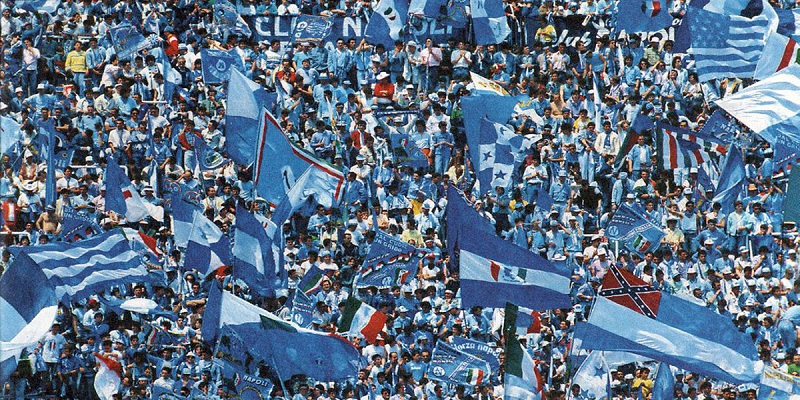
No.10 Il Capitano.
The Captain. You know the ones - Facchetti, Zoff, Cannavaro.
I Capitani, a great bunch of lads.
No.11 Lupetto.
Lupetto is the name of the iconic, contemporary Roma crest, first used by the Galla Rossi in 1978, replacing the Romulus and Remus design. Lupetto means little wolf and the crest had five variations as it graced the maroon shirts for nearly twenty years until the Roma crest evolution saw it replaced once again by a new Romulus and Remus design in 1997.
Despite being over 40 years old, Roma's Lupetto badge remains one of the greatest football crests ever.
No.12 The Seven Dwarves Club.
The Seven Dwarves Club was the nickname given to a group of seven of Sampdoria's players and staff who formed a really close bond back in 1987.
The club's legendary playmaker Roberto Mancini was Cucciolo/Dopey (because of his innocent looks), strike partner Gianluca Vialli was Pisolo/Sleepy (he always gave the impression of his eyes being half-closed), full-back Moreno Mannini was Eolo/Sneezy (hurtling up and down the flank at full pace), sporting director Paolo Borea was Dotto/Doc (he was clever enough to have a degree), the Primavera coach (the youth team) Antonio Soncini was Brontolo/Grumpy (he was pretty strict by all accounts), Academy manager Domenico Arnuzzio was Mammolo/Bashful and Guido Montali, who liaised with the referees, was Gongolo/Happy.
And you couldn't have Seven Dwarves without a Snow White, and that honour went to Edilio Buscaglia, who owned a restaurant called "Edilio" that was close to Sampdoria's Stadio Marassi. The "Edilio" restaurant was the weekly meeting place of the Seven Dwarves. They met every week, without exception, on Wednesday evenings to begin with, and then on Thursday evenings too. The group would have dinner, play cards, watch a match on TV, and discuss how they planned to progress the team forward.
Other players and staff would occasionally turn up as well, such as Fausto Pari and Giuseppe Dossena, but the seven listed above were the ones who were there all of the time, forming a united, indivisible bond that drove the club forward. It certainly seemed to work, as the unthinkable happened and they won the Scudetto, something that would have been thought of as impossible for the club at the start of the 1980s. Gianluca Vialli would later say that the group was one of the most beautiful and joyful things he'd ever experienced.
No.13 La Vecchia Signora.
La Vecchia Signora, translating into English as "the Old Lady", is one of the common nicknames of Juventus, dating back to the 1930s. It was apparently started as a mixture of an endearing term and a bit of irony - "lady" was one of the ways Juve fans affectionately referred to the club before the 1930s, and "old" was used because Juventus is the Latin word for youth.
No.14 Il Biscione.
Il Biscione (the grass snake) is a symbol of Inter (as well as one of the symbols of the city of Milan). It's been used by the club in a number of periods as the Inter crest evolution has taken place over the years, most famously on the badge used from 1978 to 1988.
No.16 Rossoneri.
Rossoneri is one of the nicknames often given to clubs that play in red and black, by far and way the most famous being Milan, but it's also used with Foggia.
No.17 Ciao.
Ciao was the iconic mascot designed for the Italia 90 World Cup. It's surreal lanky body and ball for a head may have been the stuff of nightmares for some kids, but to many of us it's absolutely magnificent, and by far and away the greatest of the World Cup mascots.
No.18 Staffetta.
Staffetta was the strategy adopted by Italian manager Ferruccio Valcareggi at the Mexico '70 World Cup, where he decided that he couldn't play his two midfield playmakers, Sandro Mazzola and Gianni Rivera, at the same time, so decided to play Mazzola in the first half of each match, and Rivera in the second half. Staffetta means relay and the term came from the idea of Mazzola handing the creative baton to Rivera during half-time.
Tweet
